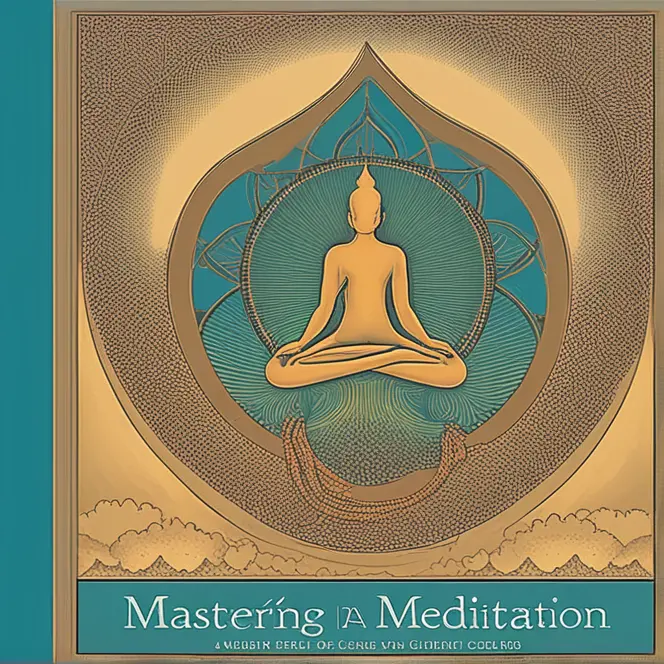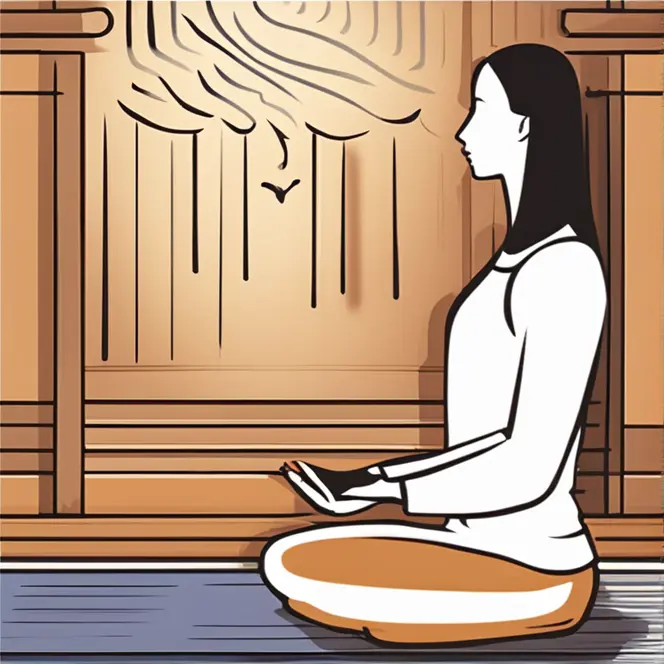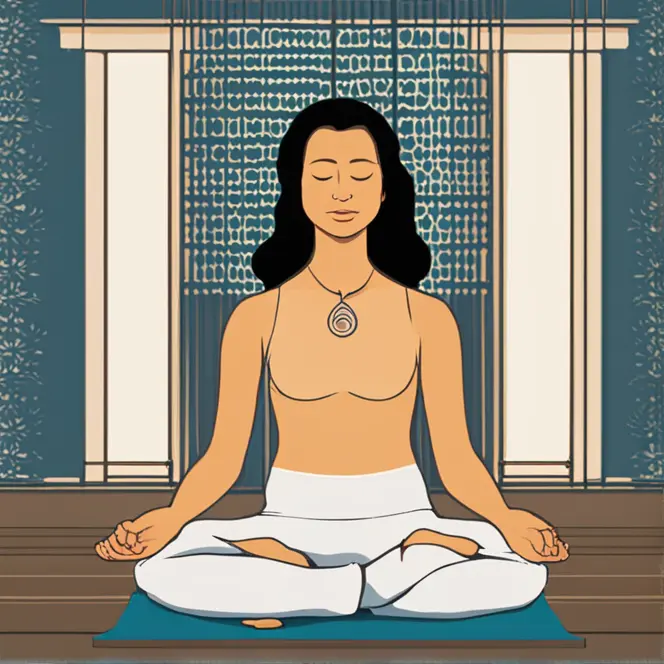
Mastering Meditation: A Beginner's Guide
Discover the tranquility of meditation with simple steps to begin your practice and find inner peace.
article by Hina Kurosawa
Meditation is a practice as old as time, revered for its profound ability to instill calm and enhance self-awareness. It transcends cultures, with various forms found around the globe, each focusing on quieting the mind and finding inner peace. At its core, meditation is about mindfulness and presence, creating a serene sanctuary within oneself amidst the chaos of daily life. As you embark on this journey, remember that meditation is a personal experience, shaped by your individual needs and comfort.

Before you delve into meditation, it is important to create a conducive environment. Choose a quiet, comfortable spot where interruptions are unlikely. A cushion or chair can provide support, and you might consider dimming the lights or using candles to promote relaxation. Having a dedicated space signals to your mind that it's time to unwind when you enter it. Keep this area clean and uncluttered to reduce distraction and facilitate a focused state of mind.

Consistency is key in meditation. Set aside a regular time each day for your practice, even if it's just for a few minutes. Most find that meditating during the mornings or evenings works best, setting a positive tone for the day or a peaceful wind-down before sleep. Don't stress about the duration; it's more important to have a consistent practice than a lengthy one. Over time, as you grow more comfortable, you can gently increase the length of each session.

Begin by sitting in a comfortable position, with your back straight but not rigid. Close your eyes or keep a soft gaze on a point in front of you. Bring your attention to your breath, noticing the rise and fall of your chest, and the sensation of air entering and leaving your nostrils. If your mind wanders, which it will, gently guide your focus back to your breathing without judgment. This process of returning to your breath is where the true meditation occurs.
As you advance, you may wish to explore various meditation techniques. Mantra meditation involves repeating a word or phrase, while mindfulness meditation is about observing thoughts without engagement. Guided meditations provide a narrative to follow, and visualization techniques involve picturing calming scenes or outcomes. Feel free to experiment with different styles to find what resonates with you. Each practice offers a unique path to the same destination: inner tranquility.

It's common to face hurdles on your meditation journey. You might experience restlessness, discomfort, or distracting thoughts. This is all part of the process. Approach these challenges with patience and remember that every moment of mindfulness, no matter how brief, is a success. With time, these obstacles will become less daunting, and you'll learn to navigate them with ease, deepening your meditation experience.
The benefits of meditation are vast and can penetrate every aspect of your life. From reduced stress and enhanced focus to improved emotional well-being and increased creativity, the advantages are manifold. As you integrate meditation into your lifestyle, you may notice a heightened sense of contentment and a deeper connection to the world around you. Embrace each session with an open heart, and watch as the serenity seeps into your daily existence.
Published: 12/8/2023
Modified: 12/8/2023
More predictions
Come back here soon to learn more about yourself and your future


Uncovering The Therapeutic Benefits Of Meditation
Explore the transformative effects of meditation on physical health and well-being in our latest article.


Unlocking Inner Peace: Meditation Visualization
Explore powerful visualization techniques within meditation to foster inner tranquility and enhance spiritual practice.


Finding Tranquility: The Journey Of Zen Meditation
Explore the serene world of Zen meditation through this informative guide on techniques that promote mindfulness and inner harmony.